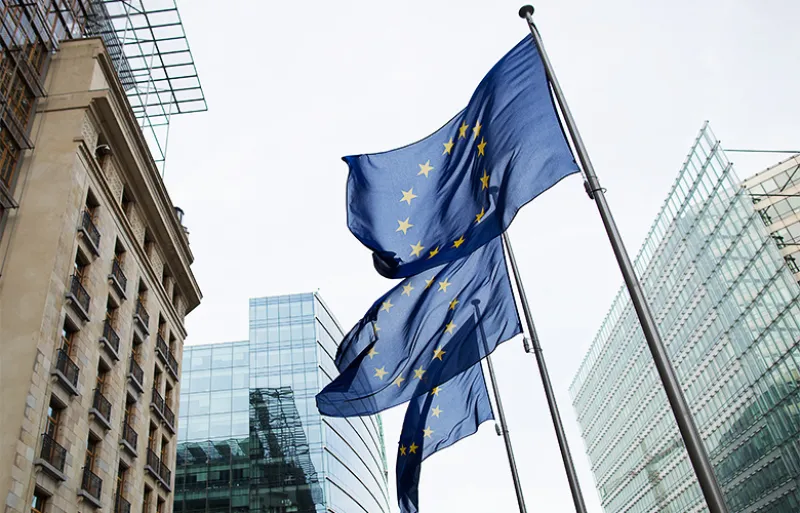Traders and portfolio managers in Europe planned to only slightly reduce their use of sell-side research following new regulation that will unbundle the cost of research from other investment bank services.
After the long-awaited update to the Markets in Financial Directives Initiative, MiFID II, begins taking effect in January, European investors said they would reduce their use of investment bank research by just 2 percent, according to a Greenwich Associates survey of 362 buy-side equity traders and portfolio managers.
The polled investors also said they would decrease their research budgets by a mere 1 percent over the next 12 months due to MiFID II — a smaller reduction than the 6 to 7 percent cutbacks European investors planned last year.
The new regulations, first announced in June 2014, will require asset managers and other institutional investors to make discrete payments for research, instead of receiving it as a package-deal with trading services. Sell-side analysts interviewed by Institutional Investor throughout this year, including members of the 2017 All-America Research Team, have warned that the MiFID II could have broad implications for their industry, with Bernstein senior analyst Lisa Ellis predicting “collateral damage.”
[II Deep Dive: Panic at the Sell Side]
Yet according to Greenwich Associates, the initial impact of the regulation will be “modest.”
“Our research shows that seismic disruptions that many expected probably won’t materialize in the early months of 2018,” report author and Greenwich Associates relationship manager William Llamas said in a statement.
Still, 64 percent of institutional investors surveyed by the market intelligence firm said they were undecided on how to pay for research under MiFID II, as of the second quarter of this year. One fifth of survey respondents expected to pay via a fee collected alongside transaction charges, 9 percent said they would carry the cost on their own profit and loss statement, and 8 percent planned to charge clients directly for research.





